- Out-of-Stock
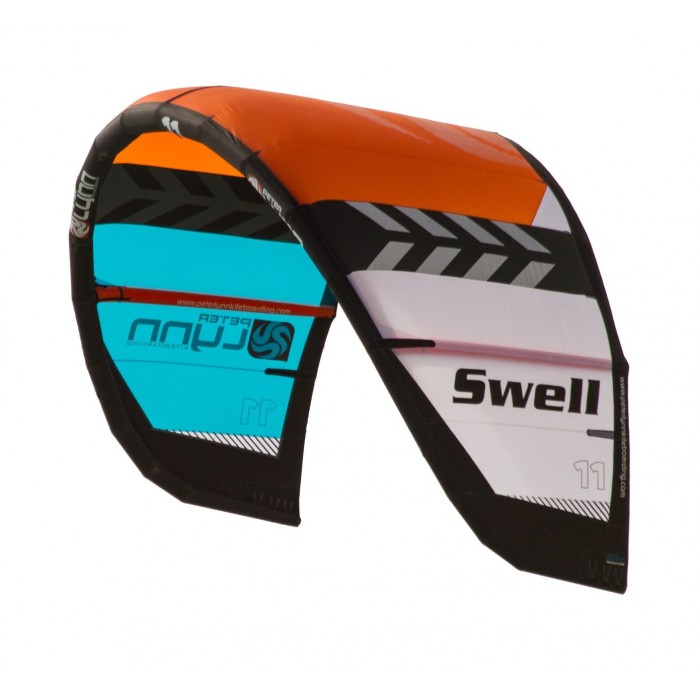






![]()
Whatever suits your mood or the conditions best, the Swell gives you the freedom to ride, all day, every day. Pull the bar and feel the kite come to life instantly.
Designed for surf, the Swell is Peter Lynn’s answer to riders who like to be versatile.
By giving the kite a perfect blend of drift, great turning, low end power, speed, easy re-launch and upwind drive we combined excellent freeride characteristics with wave specific traits to make sure every session is fun whether there’s epic sets rolling in or not.
 Security policy
Security policy
(edit with the Customer Reassurance module)
 Delivery policy
Delivery policy
(edit with the Customer Reassurance module)
 Return policy
Return policy
(edit with the Customer Reassurance module)
Why be limited to just one style? Mixing things up is what keeps things fresh, challenging and fun. This is why we have designed the Swell to be the perfect crossover between wave kite and freeride engine.
Whatever suits your mood or the conditions best, the Swell gives you the freedom to ride, all day, every day. Pull the bar and feel the kite come to life instantly. Designed for surf, the Swell is Peter Lynn’s answer to riders who like to be versatile. By giving the kite a perfect blend of drift, great turning, low end power, speed, easy re-launch and upwind drive we combined excellent freeride characteristics with wave specific traits to make sure every session is fun whether there’s epic sets rolling in or not.
A kite that excels in all conditions, good or bad; as we believe a kite should not be limited to performing in perfect wind and waves only. The balanced Hybrid/SLE shape of the Swell is designed to be stable and offers the precise and responsive handling that both wave chargers and free riders demand. Its lightweight 3-Strut frame offers maximum stability and slack line drift when you want to focus on surfing the wave. Its quick acceleration and deceleration give you power when you need it and the kite’s highly stable drift capabilities let you focus on your ride rather than your kite. The shape allows for a super speedy water relaunch which is a must when riding more serious sized surf or when you’re dialling in that new trick.
As we like our kiting experience to be rewarding every time we go out we built the Swell to have an impressive boost and lift, making it easy to bust out some moves on your Twintip. Its smooth and predictable handling, stability, depower ability and controllable lift give the rider a feeling of total confidence right from the first launch.
Should you decide to throw a loop, the Swell will definitely surprise you. You will get hooked to its speed and find yourself pushing the envelope. The Swell’s playful handling makes it a fun kite all around. It’s a kite that will give you the confidence to explore new avenues in twintip freeriding and strapless freestyle.
Rolling sets, chop or flat, Directional or Twintip, straps or no straps. Rediscover how much fun and addictive your favourite sport can be with the right gear.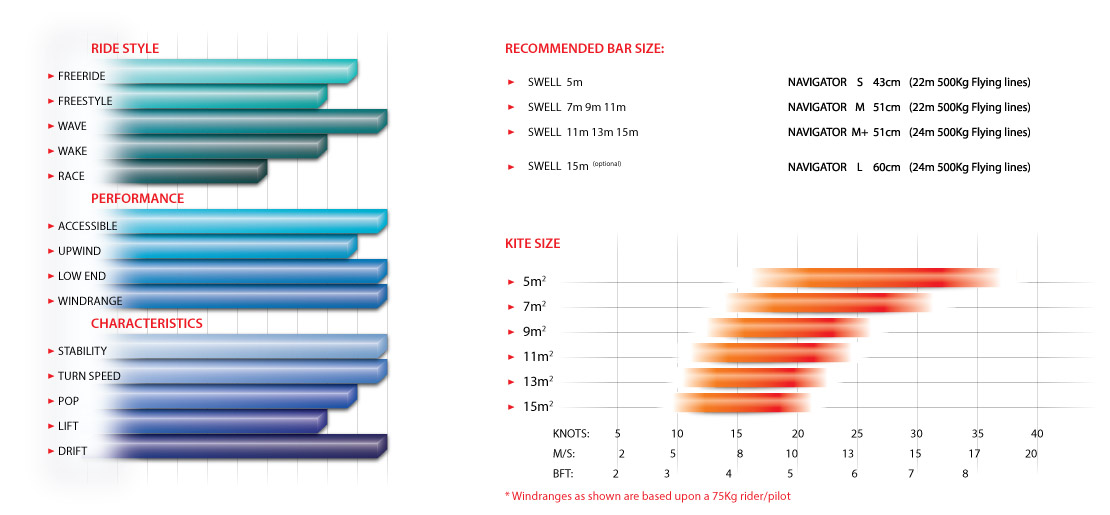
MAIN FEATURES
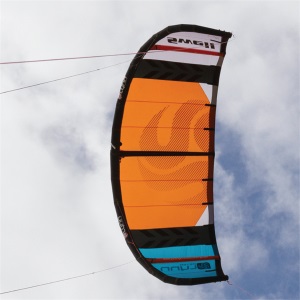 |
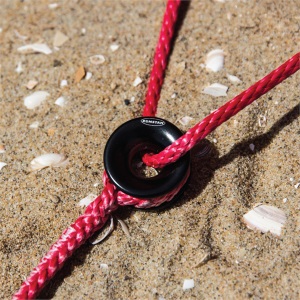 |
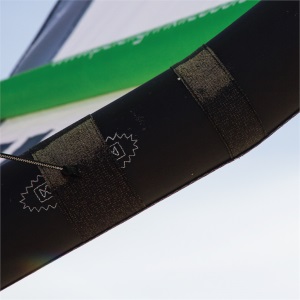 |
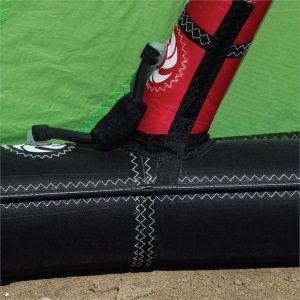 |
3-Strut hybrid SLE The Swell’s unique shape gives it an amazing range, fast and easy relaunch and awesome drifting ability, even in the worst onshore conditions. |
3 point bridle The bridle system gives the kite a huge and progressive depower range. This makes even the worst conditions a lot easier to handle. The low friction rings have no moving parts and are very small, so you can be confident that you won’t get any jams or snags with you lines. |
Reinforced leading edge Multiple reinforcements improve the durability. The leading edge and struts are built with the most durable Dacron. The leading edge has been reinforced along the entire seam to protect it from getting damaged when crashing or getting a pounding in the waves, making it hands down one of the toughest kites on the market. Kevlar reinforcements on the strut ends protect against friction wear. |
Direct connection struts The struts are directly connected to the leading edge with the full diameter of the profile. This makes for a much stronger connection, which not only ensures a better durability, but also a cleaner profile. |
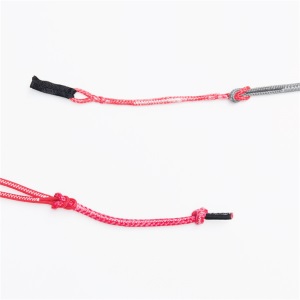 |
 |
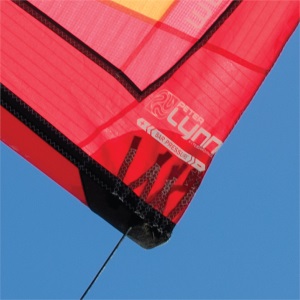 |
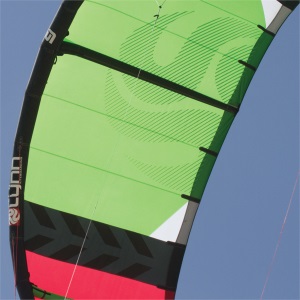 |
|
|
Fit all valve The bayonet fitting fits all pumps and the large valve opening makes inflation a breeze. |
Multiple Tip settings The Swell has multiple tip settings on the wingtips giving the rider full control over how they want the kite to fly. It can be set up with super light bar pressure or hard direct feedback for those days when you are in the barrel and need to feel every nuance of the kite. |
Trailing edge reinforcements The trailing edge is reinforced with a double layer of teijin Technoforce T9600 cloth combined with Bisonyl reinforcements; this results in an extremely durable yet lightweight solution. |
Data sheet